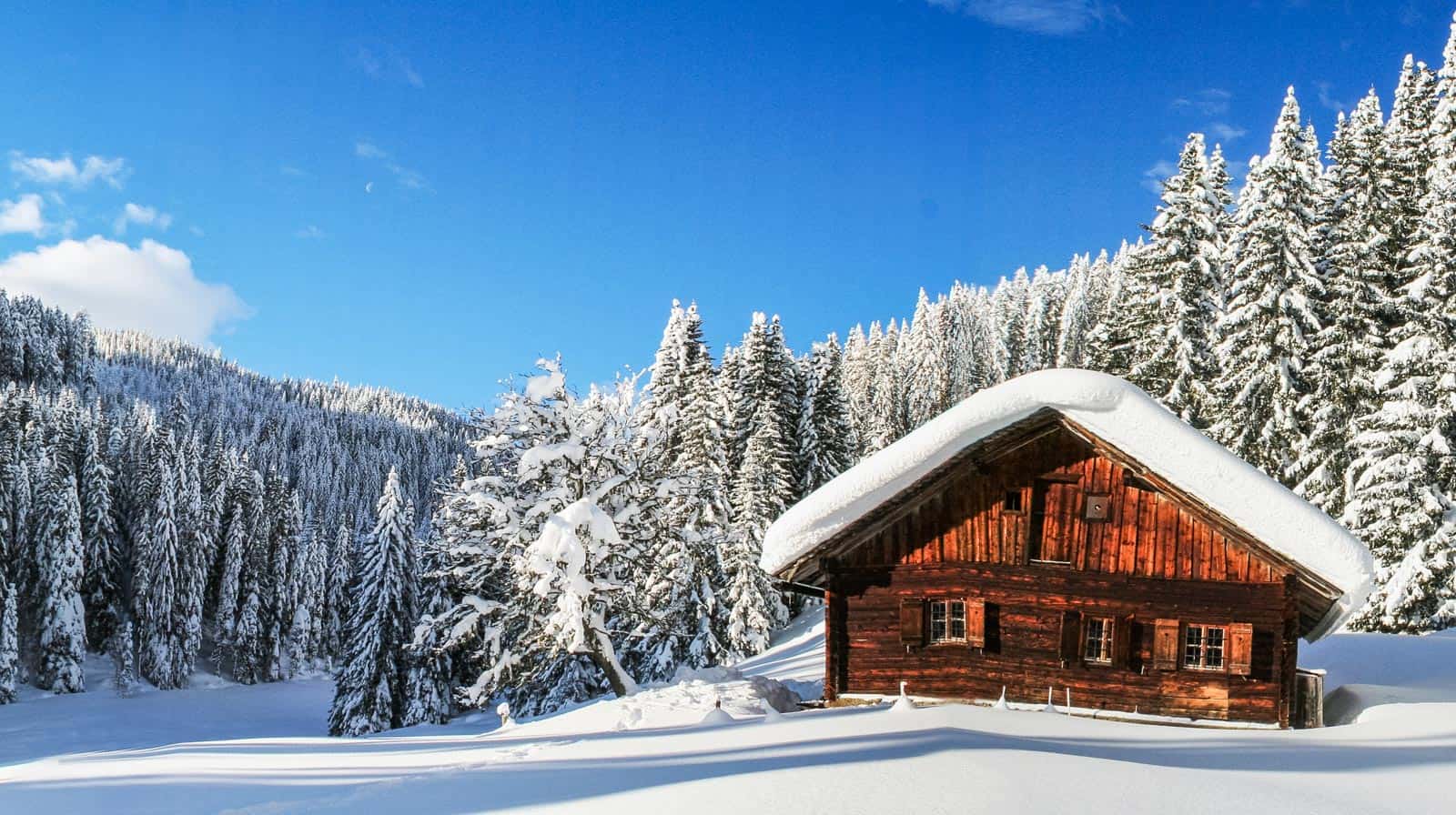45 years left for Austrian glaciers
The Austrian Alpine Club measures and reports glacial properties every year. Following from this year’s measurements, they warn that Austria will be ‘ice-free’ within 45 years. Two of the largest Austrian glaciers melted more than 100 meters in 2023.
The latest glacial measurement report by the Austrian Alpine Club (Alpenverein) showed that the already rapid glacial melting has accelerated over the past seven years.
The two largest glaciers showed the most drastic declines. The Pasterze, located within the Glockner Group, is Austria’s largest glacier, with an area of about 16 square kilometers and a 4km long glacier tong. The Pasterze glacier has been losing about 40 meters of ice on average yearly from 2006 to 2016, but it lost 203.5 meters of ice in 2023.
The Rettenbach Glacier, located in the Tiroler mountains, came in second on the list with a loss of 127 meters of ice. The Alpine club did measurements on 93 glaciers in 2022-2023. Only one of those did not shrink further.
The results of the report are worrying. If the glacial retreat continues following this trend, all glaciers will be lost eventually. “In 40 to 45 years, Austria will be ice-free,” is Andereas Kellerer-Pirklbauer’s message, who is the head of the Alpine Club’s glacier measurement service.
Consequences of glacial melting
Today’s glaciers have existed for thousands of years. Therefore, it is not surprising that the melting of these glaciers come with huge consequences, both for nature and for human societies. Melting glaciers are contributing to rising sea levels, which hugely impact coastal ecosystems and human societies around the world. Glacial melting also directly increases global warming by the disappearance of the white reflective area. The disappearance of ice and snow leads to more darker-colored areas which take up more heat coming from the sun. In other words, glacial melting is one of the global warming effects which in itself also enhances global warming.
In conclusion, we should put significant effort in maintaining glaciers for as long as possible. This includes for example avoiding ski area expansion on glacial areas, which is currently planned in the Pitztal Glacier area.








